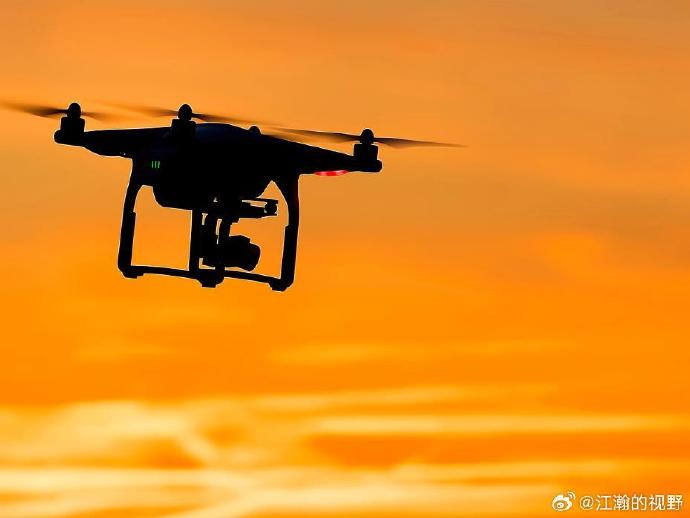In the evolving world of agriculture, technology continues to pave the way for more efficient farming practices. One of the most significant advancements in recent years is the use of crop dusting drones, which revolutionize the way crops are managed and treated. These drones have transformed the traditional methods of applying fertilizers and pesticides, offering new possibilities and solutions to farmers across the globe.
The Benefits of Crop Dusting Drones
Crop dusting drones offer several advantages over conventional methods. Firstly, they are much more precise, allowing farmers to target specific areas that require treatment. This precision helps to reduce the amount of chemicals used, minimizing environmental impact and costs. Additionally, drones can reach areas that are difficult for larger equipment to access, ensuring comprehensive coverage.
Moreover, drones can be programmed for autonomous operation, allowing them to work continuously without human intervention. Thiscontinuous operation can significantly increase productivity by performing tasks quicker than traditional machinery.
How Crop Dusting Drones Work
These drones are typically equipped with advanced mapping technology and GPS systems to navigate fields effectively. Farmers can upload field maps to the drone’s system, enabling it to fly over crops with pinpoint accuracy. The drone disperses fertilizers or pesticides evenly, ensuring that every area receives the necessary treatment.
They also feature sensors that gather data regarding crop health and soil conditions, which can inform future decisions and enhance precision farming. This data is invaluable in identifying areas needing special attention, thus optimizing resource usage and improving yields.
Environmental Impact
Crop dusting drones have a positive impact on the environment by minimizing chemical usage. Their precision targeting ensures that unnecessary applications are avoided, reducing chemical runoff into water systems and surrounding habitats. Furthermore, the reduced fuel usage compared to larger machinery contributes to a decrease in overall carbon emissions
Challenges in Adoption
Despite the myriad of benefits, the adoption of crop dusting drones does come with challenges. The initial investment for purchasing drones and training operators can be significant. Additionally, regulatory hurdles concerning drone flight and chemical dispersal remain in some regions, requiring careful navigation by farmers.
However, as technology advances and regulations evolve, these challenges are likely to diminish, encouraging wider adoption.

Future Prospects
The future of agriculture will likely see an increased use of crop dusting drones. As technology continues to evolve, drones may become more affordable and widely accessible. One can expect to see improvements in drone battery life, payload capacity, and AI algorithms, further enhancing their effectiveness in precision farming.
FAQs
- Are crop dusting drones suitable for all types of crops?
- While crop dusting drones can be used on a variety of crops, their effectiveness may vary depending on the plant height and field layout. It’s crucial to assess whether a drone fits the specific agricultural needs.
- What happens if a drone fails during a spraying operation?
- If a drone fails during operation, it is usually equipped with safety protocols that allow it to land safely. Regular maintenance and checks help mitigate potential disruptions.
- How can farmers ensure compliance with regulations?
- Farmers should stay informed about local regulations related to drone operations and chemical dispersion. Consulting with experts or local authorities can facilitate compliance and ensure safe practices.